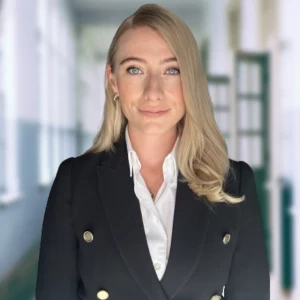Hi all, thanks again for your help on a question that I have. Often when I have a case where they are looking for a root-cause analysis + next steps I end up with a structure that is not MECE. I am wondering what some best practices are. Take the below case as an example:
“Your client is the American Southwest Preservation Trust (ASPT). The trust is a non-profit organization tasked with promoting conservation & eco-tourism in the American Southwest. One of the biggest tourist draws is local fauna, particularly coyotes. The coyote population has declined significantly from historical levels. The Trust requests your help to figure out why & what it should do."
In this example I have a structure with the following Tier 1 + Tier 2 buckets:
- Reasons why the coyote population is declining
- Ecosystem factors
- Dietary factors
- Human-generated factors
- Disease and genetics
- Possible solutions to increase population:
- Breeding program
- Expand ecosystem
- Ensure that they have enough food
I think the first bucket is quite strong, but due to the second bucket there is some overlap (talking about ecosystem, food ect.) But I feel that if I skip this bucket I will miss some interesting insights (implementing breeding program).
I appreciate your insights!












